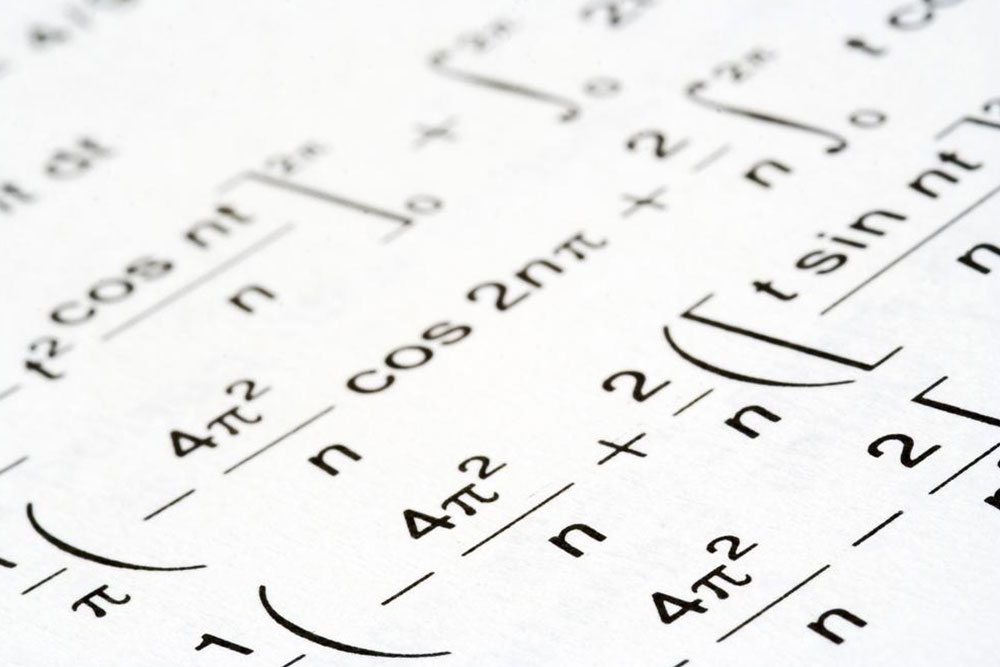Evolution of Mathematical Symbols Through History
Explore the rich history of mathematical symbols from ancient civilizations to modern notation. The article covers key stages like the rhetorical period, Greek influences, and the development of number systems, highlighting how these symbols evolved over centuries to shape contemporary mathematics. Discover how various cultures contributed to the symbols we use today and see the progression from early visual representations to abstract notation, emphasizing the importance of cultural exchange in mathematical history.

Evolution of Mathematical Symbols Through History
The journey of mathematical notation spans across centuries, showcasing its origins, development, and cultural spread. Different notation systems faced conflicts and contrasts. These symbols stemmed from diverse cultures including Roman, Greek, Hebrew, Hindu, Arabic, and others. Over time, many symbols were refined and popularized, leading to the modern notation used today, although native systems may still exist locally.
Mathematical notation evolved in several stages, summarized below.
Rhetorical Phase
During this phase, calculations were expressed through words, with no symbolic representations.
The rhetorical period relied on features like context-dependent symbols. Symbols often represented concrete real-world problems before formal rules were established. Geometry, for instance, originated from measurement of distances and areas. The Egyptians used symbols for basic operations; for example, legs pointing forward indicated addition, while backward legs meant subtraction. Mesopotamians had symbols for powers of ten, illustrating early number writing akin to modern systems. By 800 BC, a zero symbol emerged as a placeholder, marking a significant development in notation.
Transition Phase
Plato’s influence helped differentiate between pure and applied math. Greek advances introduced deductive reasoning and expanded the scope of mathematics.
Greek Numeration System
The Greeks adapted the Egyptian system, later influencing Roman numerals. For example, four was represented by four vertical lines, and five by a symbol resembling pi. The number ten was symbolized by a triangle, and the term "Deca" related to the decimal system.
Note:
Our blog covers various topics, providing valuable insights. While the research is thorough, readers should consider the information as supplementary. The website is not responsible for discrepancies or inaccuracies on other platforms. Additionally, some promotions or schemes may not be included.








